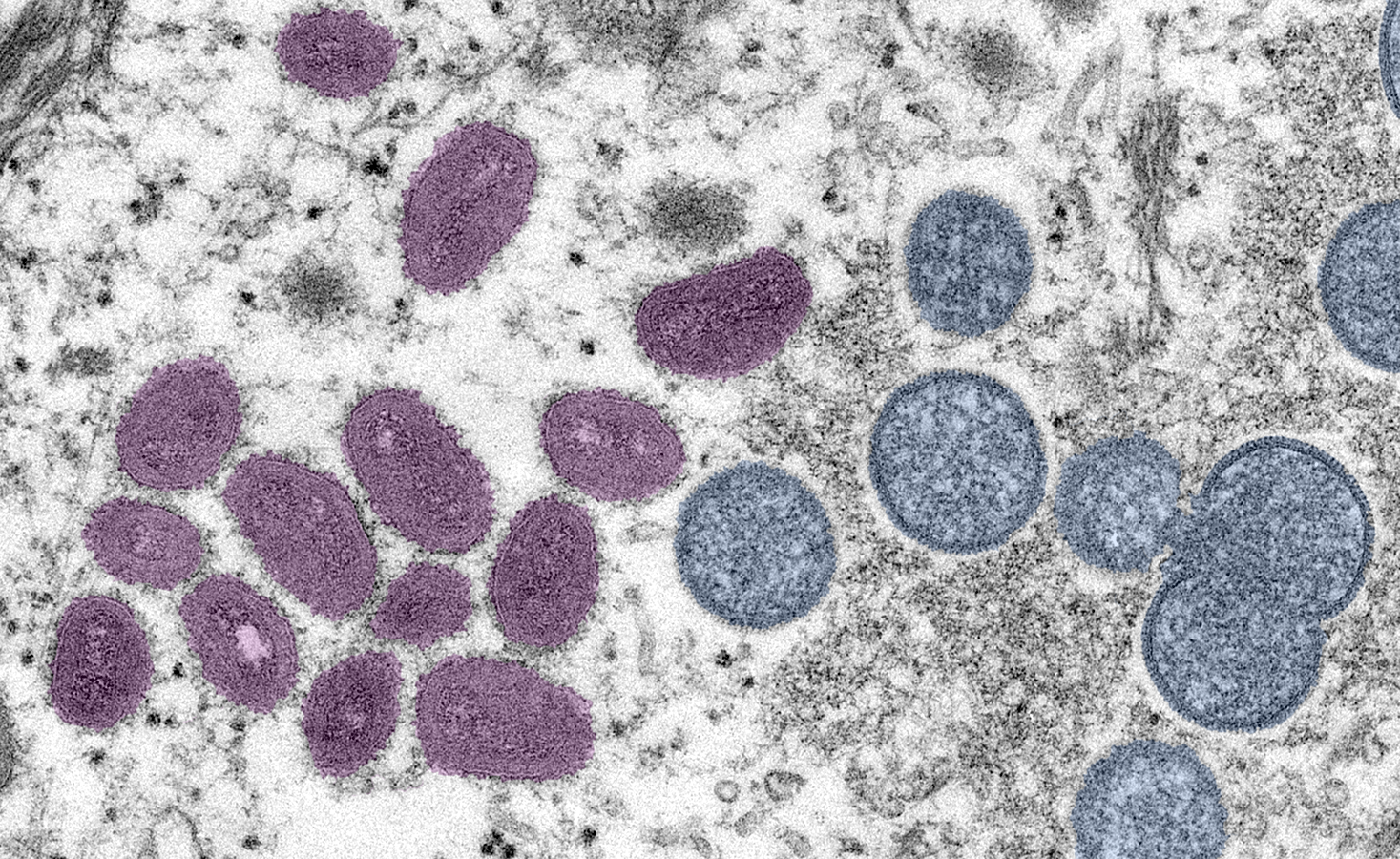
Skin & Soft Tissue Diseases
Latest News
Latest Videos

CME Content
More News

There is a high potential for ActivePure Medical’s technology to enhance patient safety and reduce healthcare costs by minimizing harmful pathogens in complex healthcare environments.

The prevalence of methicillin-resistant Staphylococcus aureus has surged from 2.58% to 14.79%, highlighting a need for updated treatment strategies.

A study finds clinically-relevant sub-phenotypes can be reproducibly, and could lead to patient stratification and treatment.
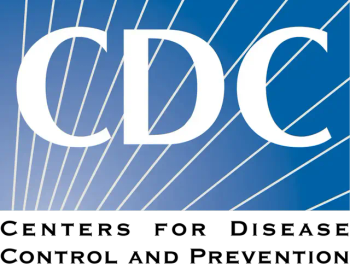
A recent report from the CDC highlights how the COVID-19 pandemic has heightened antimicrobial resistance, resulting in a 20% increase in hospital-onset infections caused by key resistant pathogens.

Proposed alternative to "unsustainable" wide use of broad spectrum antibiotic prophylaxis in surgeries confronts antimicrobial resistance.

In the last segment of the series, Jones offered his insights for when he considers discharging patients.

In this conversation, Jones discussed concerns around empirical antimicrobial treatment and opportunities to narrow down therapies.

Bruce Jones, PharmD, FIDSA, BCPS offered clinical considerations for patient dosing and clinical management strategies associated with concurrent therapy.

Bruce Jones, PharmD, FIDSA, BCPS provides commentary on treating challenging patients with comorbidities such as type 2 diabetes, higher BMI, and advanced age.

Here is a review of therapies for treating this bacterium.
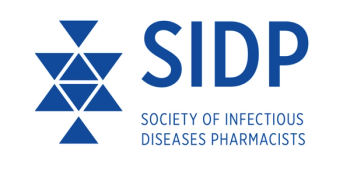
Emerging treatment options for patients with persistently positive blood cultures with Methicillin-Susceptible Staphylococcus aureus (MSSA).

Empirical antibiotic therapy in diabetic foot ulcer infections increases hospitalization and prolonged symptoms in patients being treated for lower limb cellulitis are common. Two recent papers examine the need for effective communication, the importance of objective findings in cellulitis management, and the benefits of culture-based antibiotic therapy in diabetic foot ulcer cases.

George Sakoulas, MD, shares key takeaways on soft tissue infections from ID week 2023.

Dr George Sakoulas provides insight on how single-dose agents fit into antimicrobial stewardship for soft tissue infections.

George Sakoulas, MD, provides key insights on the management of soft tissue infections including the role of single-dose agents and treating patients in an outpatient setting.

An expert in infectious diseases reviews currently available therapeutic options for inpatient and outpatient treatment of ABSSSI and examines the advantages of using single-dose agents in patients.

George Sakoulas, MD, provides an overview of the burden of acute bacterial skin and skin structure infections (ABSSSI) and patient selection for treatment in the outpatient setting.

A comparative study found that using linezolid in place of clindamycin in combination with vancomycin for the treatment of necrotizing soft tissue infections resulted in similar 30-day mortality rates but lower rates of acute kidney injury and composite adverse outcomes, suggesting the effectiveness and safety of linezolid as an alternative therapy.

The federal agency gave the nod to Verrica Pharmaceuticals for its therapy, VP-102 (Ycanthe), for molluscum contagiosum (molluscum), making it the first treatment indicated for the viral-borne skin disease.

New York City has ended their mpox outbreak after months of successful community outreach and vaccination campaigns.
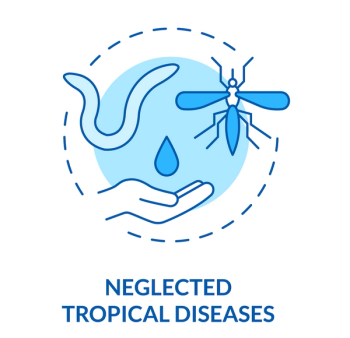
These diseases, exacerbated by poor water quality, sanitation, and health care access, are highlighted today.

Changes in microbiology and antimicrobial resistance patterns warrant reevaluation of our current therapies for this condition.

A recent study in the United Kingdom suggests that more research into the possible benefits of antiviral drug tecovirimat for treating monkeypox may be warranted after showing positive results in one patient.

Community transmission of monkeypox outside traditional endemic regions of the virus prompts calls for increased vigilance.
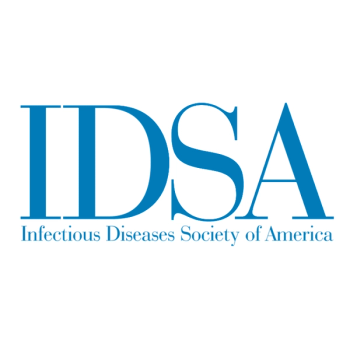
At a media briefing this morning, Infectious Diseases Society of America (IDSA) experts discussed the worldwide 600 confirmed cases of monkeypox.

